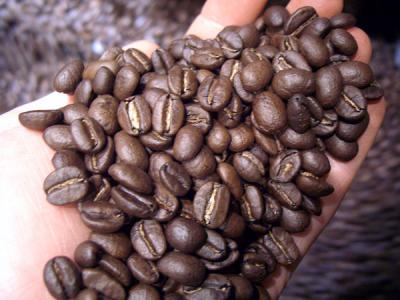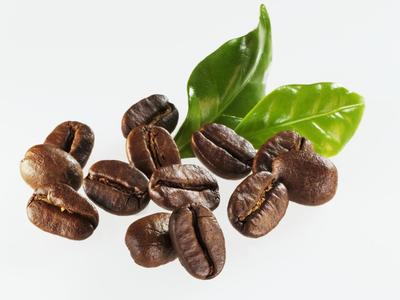Flavor Description of Colombia Coca Coffee Taste Characteristics Processing
A brief introduction to the Flavor description and Taste characteristics of Colombian Coffee Coffee
Cauca Valley to the south, can reach Cauca Province, and then southeast to the second largest coffee producing province of Vera, is also the largest boutique bean producing area. Further south is the boutique producing area Nalinglong province, both of which have volcanic and fertile volcanic ash soil, and because volcanic ash is rich in minerals, it nourishes coffee fields and helps coffee breed passion. The flavors of these two producing areas are similar, and they are all known as sour and sweet fruits.
The Arabica species (scientific name Coffee Arabica) has to be mentioned in the Colombian coffee species. Arabica coffee trees grow between 900m and 2000 m above sea level; they are cold-resistant, and the suitable growth temperature is 15ml / 24m; they need more humidity, and the annual rainfall is not less than 1500 ml. At the same time, they also require higher cultivation techniques and conditions. So now you can understand why the Dess Mountains in the coffee growing area were used as the background when the signs were explained above.
Vera province has two harvests a year, the main production season is from October to February, and the second season is in summer, but the quality is slightly lower. Vera accounts for about 10% to 20% of Costa Rican coffee production; Na Linglong has only one harvest a year, and the harvest period is in spring and summer. Nalinglong accounts for about 3% and 5% of Costa Rican coffee production.
Cauca province, Cauca department, the name comes from the Cauca River, Cauca River. Located in southwestern Colombia, it is an important producing area of Colombian boutique coffee together with Narino Department and Huila Department.
The biggest difference in climate between Cauca and other producing areas is probably the relatively large temperature difference, with a daily average temperature of 11 ℃ and a daytime average temperature of 18 ℃. The temperature difference between day and night is an important factor in quality coffee. Low night temperatures and relatively higher elevations slow down the growth of coffee, allowing coffee seeds and beans to more fully absorb the nutrients of coffee fruits, as well as better acidity and commendable special sweetness of Coca Coffee.

Important Notice :
前街咖啡 FrontStreet Coffee has moved to new addredd:
FrontStreet Coffee Address: 315,Donghua East Road,GuangZhou
Tel:020 38364473
- Prev

Description of taste and flavor of Brazilian yellow bourbon coffee beans A brief introduction to the origin of grinding scale
Description of taste and flavor of Brazilian yellow bourbon coffee beans A brief introduction to the origin of grinding scale the main coffee producing areas in Brazil are Sulde Minas South Minas, Matas de Minas Minas Southeast Mountain Forest region, Cerrado Syrador, Chapadas de Minas Minas Central and North Mausoleum, Mogiana Mojiana, Paran Parana
- Next

A brief introduction to the grinding scale of Columbia Huilan coffee bean by describing the characteristics of taste and flavor
A brief introduction to the grinding scale of the processing method for describing the taste and flavor of Columbia Huilan Coffee beans Coffee produced by a production combination of two hundred and ninety-six families near the city of Bitlid, south of Huilan County, Colombia, the average cultivated area of producers in Bitlid is 2.5ha, and the elevation is about 1500 meters. The soil here is slightly acidic, and the coffee produced will be roasted very well.
Related
- Detailed explanation of Jadeite planting Land in Panamanian Jadeite Manor introduction to the grading system of Jadeite competitive bidding, Red bid, Green bid and Rose Summer
- Story of Coffee planting in Brenka region of Costa Rica Stonehenge Manor anaerobic heavy honey treatment of flavor mouth
- What's on the barrel of Blue Mountain Coffee beans?
- Can American coffee also pull flowers? How to use hot American style to pull out a good-looking pattern?
- Can you make a cold extract with coffee beans? What is the right proportion for cold-extracted coffee formula?
- Indonesian PWN Gold Mandrine Coffee Origin Features Flavor How to Chong? Mandolin coffee is American.
- A brief introduction to the flavor characteristics of Brazilian yellow bourbon coffee beans
- What is the effect of different water quality on the flavor of cold-extracted coffee? What kind of water is best for brewing coffee?
- Why do you think of Rose Summer whenever you mention Panamanian coffee?
- Introduction to the characteristics of authentic blue mountain coffee bean producing areas? What is the CIB Coffee Authority in Jamaica?

